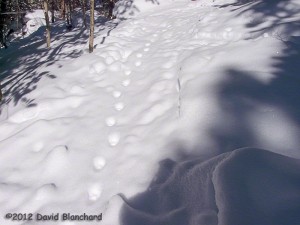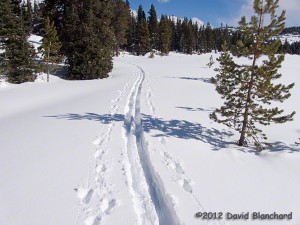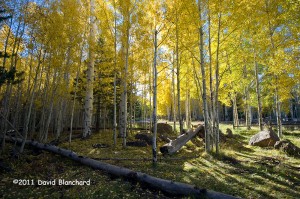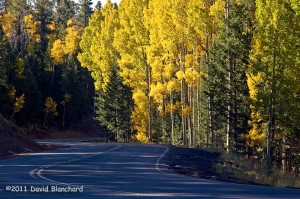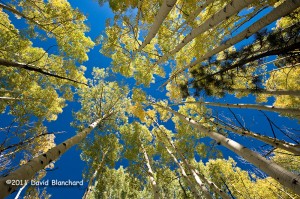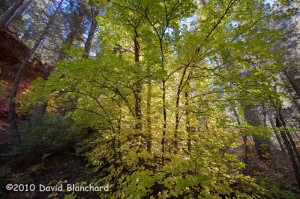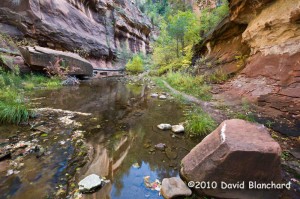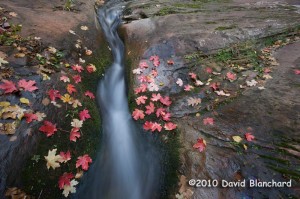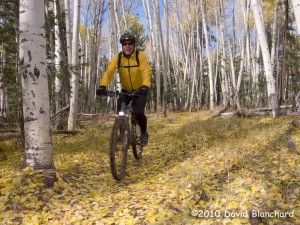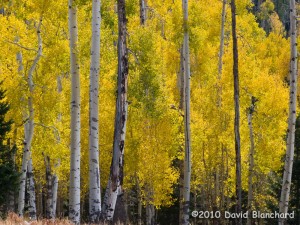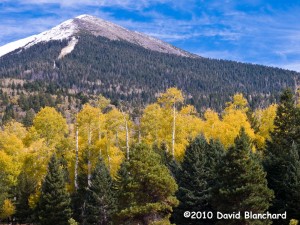It’s fall and the leaves are starting to show their autumn colors in the high country. One of the many great places to view the aspen is the Inner Basin of the San Francisco Peaks. In previous years, we would ride our mountain bikes from Schultz Tank up the Waterline Road and into the Inner Basin. But the Waterline Road is still undergoing reconstruction for the immense damage it incurred as a result of the Schultz Fire and subsequent flooding.
An alternative route is to drive to Lockett Meadow. The road to the meadow has been under construction this summer but just reopened earlier in September. So we grabbed the mountain bikes and drove to the Lockett Meadow trailhead. Because of the surrounding Kachina Peaks Wilderness, the Waterline Road and Lockett Meadow are the only routes into the Inner Basin for bicycles. Hikers have more options.
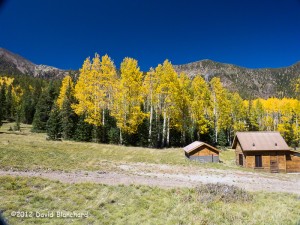
A few years ago the upper portions of the Inner Basin trail underwent some re-routing and the trail now twists and turns through a near surreal stand of aspen as it ascends from the meadow to the Waterline Road and then into the Inner Basin. The landscape has been described as a Monet-like scene when the leaves turn colors in the fall.
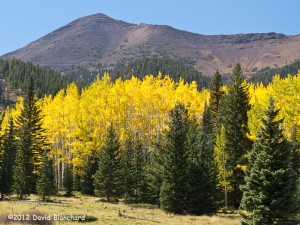
Once in the Inner Basin — and that’s no easy task as the trail and access road are steep — the view opens up and you are surrounded by the many summits of the San Francisco Peaks. And still higher we went up the access roads to Flagstaff Springs. The last quarter-mile of this road is rocky and steep and — we walked. This is one of the many springs in the basin that are tapped by the City of Flagstaff and piped downhill as part of the city’s drinking water.
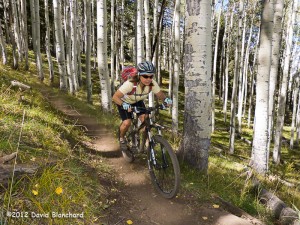
The season for this route is short because in the summer it rains most days and can be a bit chilly. And the winter both comes early and stays late at these elevations. So, this is the season: mid-September through mid-October. Enjoy it while you can.
